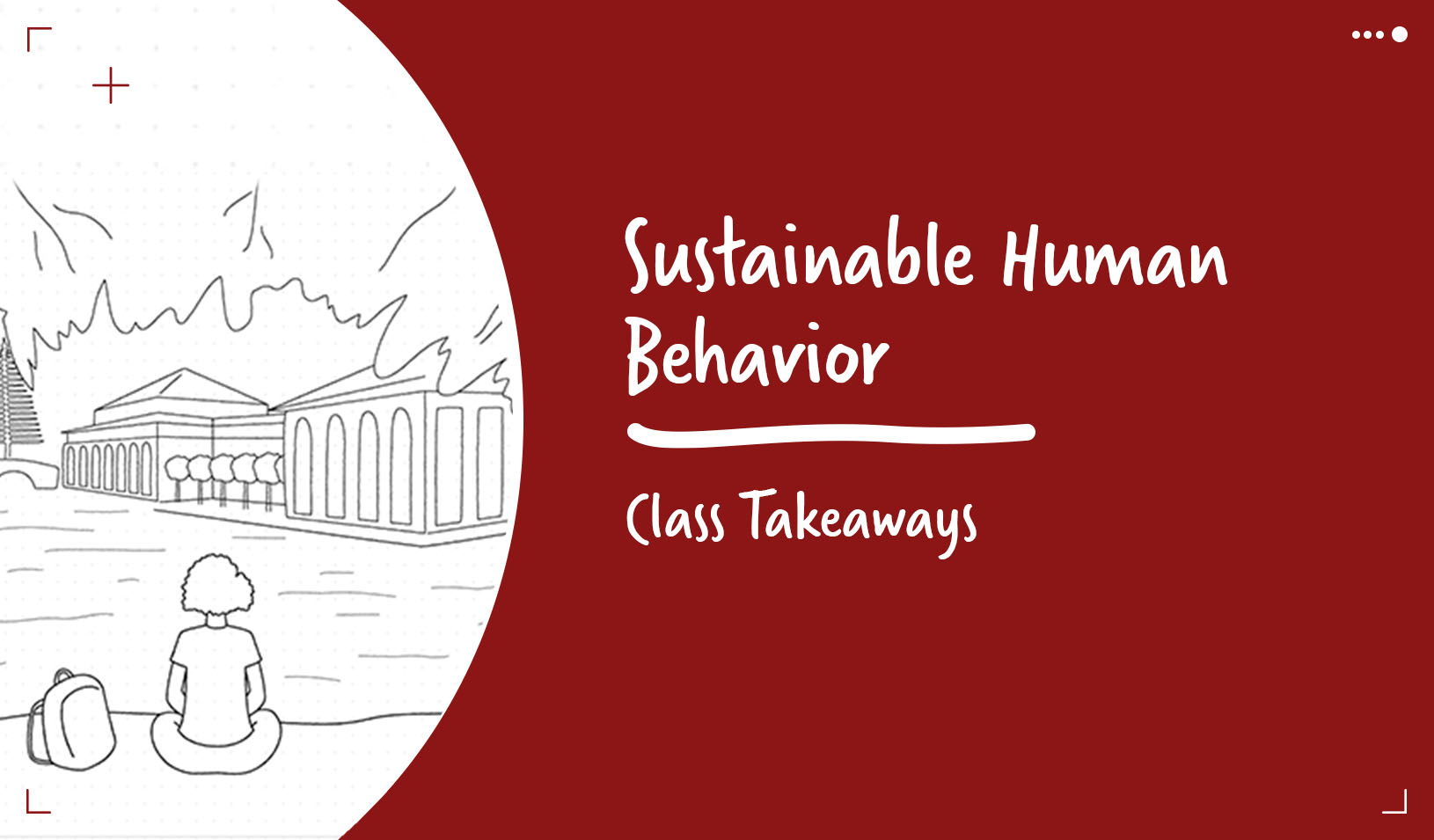
A Valentine’s Day wedding in New York City, 2014 | Reuters photo by Carlo Allegri
Making decisions on our own isn’t easy, especially knowing we bear sole responsibility for the outcome. Making decisions in conjunction with others, however, is even trickier — just think about jury deliberations — because so much depends on each person’s motivation.
Yet regardless of whether we make decisions alone or with others, we are limited by time, energy, and our ability to digest information. Because of that, we tend to simplify the process, focusing on some details and ignoring others. Nir Halevy, a Stanford Graduate School of Business professor, wanted to know what information grabbed a decision-maker’s attention and what they ignored. His findings, published in March in the Journal of Personality and Social Psychology, came from research he did with Eileen Y. Chou of the University of Virginia, using behavioral game theory.
The results, says Halevy, showed that regardless of the relationship between decision makers, people generally want to know what decision will have the best outcome for them and what the outcome will be if they cooperate rather than compete. “They don’t look at information that tells them how to avoid the worst outcome; they look at what decision will lead to the best outcome,” says Halevy, and they would rather cooperate than compete to get there.
To determine this, Halevy and Chou conducted four experiments. In the first, they used eye tracking to examine the visual attention of Stanford students playing strategic games. Halevy tracked their eye movements as they looked at a payoff tables on a computer screen showing how much money they could earn for themselves and for their counterpart for cooperating or competing with another player, who faced a similar choice. Halevy found that students focused mostly on the box showing the monetary consequences of mutual cooperation.
A second study was modeled on a children’s game called “Guess Who?” that Halevy used to play with his son. In the game, one player asks questions to discover the other player’s identity. In Halevy’s version, players asked questions to figure out what game their opponent was playing. “We thought this would be a fun way to find out what is important to people during negotiations,” says Halevy. Again, participants asked most often about the choices that would give them their best outcomes and the number of points awarded for mutual cooperation.

When people make decisions in a mutually dependent situation, such as within a marriage, research shows that they focus on cooperation | Associated Press Photo by J. Pat Carter
Another experiment explored the value that participants place on different pieces of information in various situations — including marriage, a new boss, collaborating on a project, and purchasing a service.
Halevy says these experiments show that individuals’ attention is attracted to outcomes that are both desirable and equal, which is relatively good for both. Therefore, when people make decisions in a mutually dependent situation — as part of a team working on a project, for example, or within a marriage — they tend to focus their attention disproportionately on mutual cooperation, which meets these two criteria, says Halevy. “In addition to preferring better outcomes to worse, people also seem to genuinely care about reciprocity — where things are equal, and mutual cooperation often gives them pretty good outcomes that are also symmetric.”
Knowing that people have focal points and blind spots when they make decisions can help in negotiation situations, says Halevy. If we know what our opponents are focused on — and what they aren’t — we can better anticipate their behavior. “If I am in competition with another company, I want to know what game they think they are playing, and what information they attend to, so I can devise effective strategies to help me achieve my goals,” says Halevy.
The research also applies to the corporate world. Leaders can define the game to their followers, and that can affect where employees focus their attention and energy. “If you tell your employees that your division is at war with other divisions, you’re basically crossing out all the cooperation spaces on the game board,” says Halevy. And that means different divisions may become more likely to compete rather than cooperate.
In the end, when making decisions, we often wind up disregarding quite a bit of information about our choices and focusing only on what will get us to the best outcome. “Because we have multiple channels of information available to us when we make decisions, we have to pick and choose what will drive those decisions,” says Halevy. “And we have found that if you focus on and construct your choices around achieving your best outcome or a reciprocal best outcome, often that’s what you will get.”
Nir Halevy is an assistant professor of organizational behavior at Stanford GSB, and Eileen Y. Chou is an assistant professor of public policy at the Frank Batten School of Leadership and Public Policy at the University of Virginia.
For media inquiries, visit the Newsroom.






